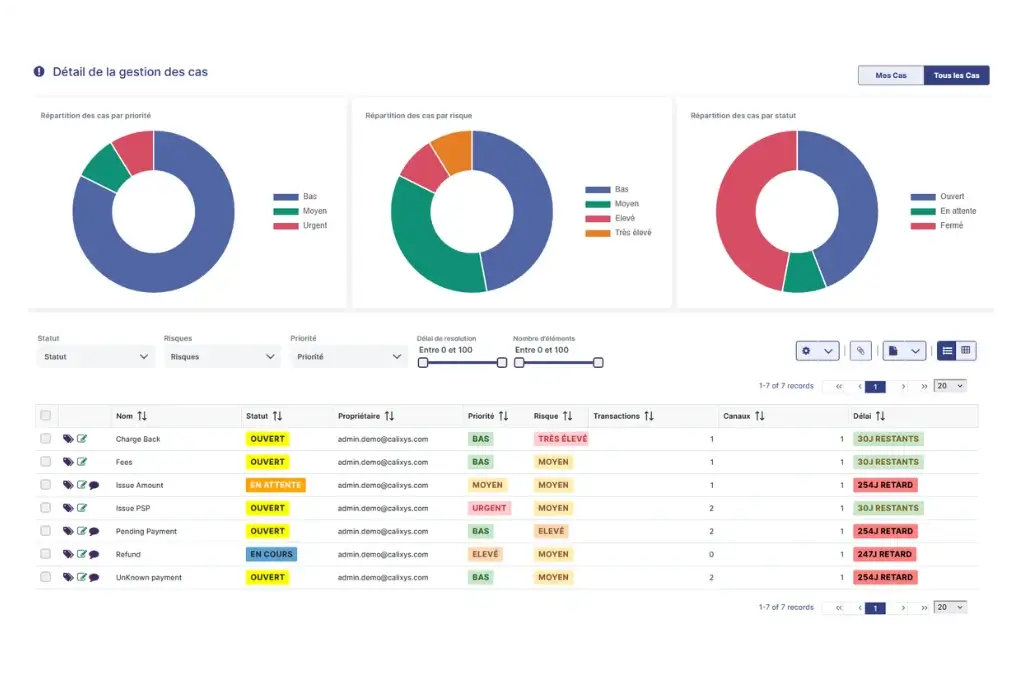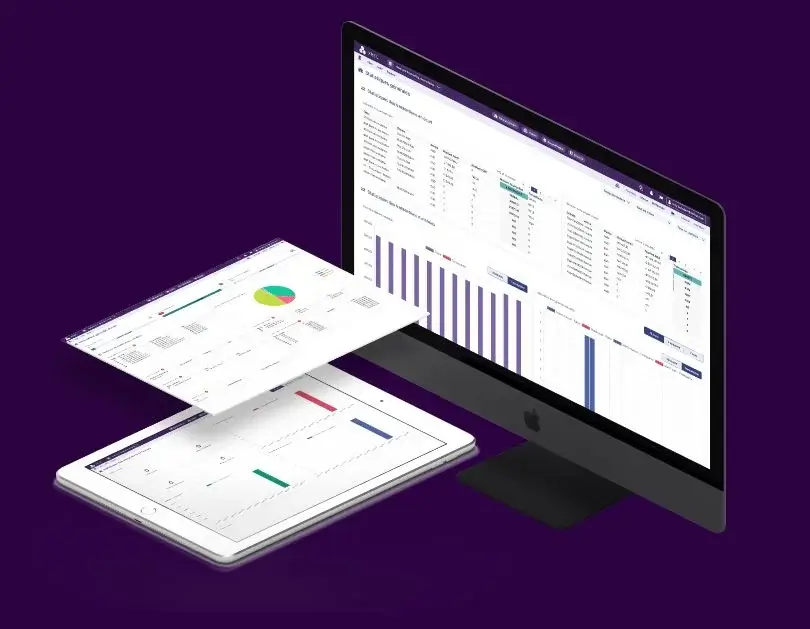Why Your 472 Accounts Stay Open: The Invisible Errors of Card Transaction Reconciliation

Publié
Le 04/07/2025, par :
- Anne Marie Diom
Sections
In accounting departments, account 472 often acts like a black box: it fills up, remains unbalanced, and resists closing. Yet, in theory, it should only serve as a temporary suspense account in the card transaction processing chain. So why do these entries remain unresolved? What is really behind an unsolved 472?
Account 472: A Symptom of a Broken Reconciliation Process
Account 472 is a class 4 account used to record financial flows awaiting justification or settlement. In the context of card payments, it is used to log a transaction that has been initiated (often from a POS terminal or card network), but whose final settlement (via the issuer or acquirer bank) is still pending or partially confirmed.
To understand its role, we need to step back and look at a standard card transaction process:
- The cardholder initiates a payment via POS.
- The terminal sends an authorization request through a switch.
- The card network (CB, Visa, Mastercard…) approves or denies the transaction.
- If authorized, the transaction is sent for clearing.
- A clearing file then initiates settlement instructions between issuer and acquirer.
- The merchant’s bank receives the funds and posts the transaction in account 512.
Between the point of sale and final settlement, the amounts are often temporarily booked in 472. The purpose of card transaction reconciliation is to ensure that each transaction has been properly authorized, cleared, settled, and recorded in the general ledger. It aligns operational, financial, and accounting flows.
An open 472 entry is not necessarily an accounting anomaly—it is often the symptom of an unresolved mismatch somewhere along the chain.
What an Unbalanced 472 Account Hides
Behind persistent 472 entries are frequent yet invisible causes:
- A transaction authorized but never cleared
- A partial settlement of the expected amount
- A cancelled transaction that still appears in the clearing file
- A poorly formatted PAN or STAN, preventing proper matching
The result: these errors block automatic reconciliation, prevent proper accounting justification, and cause an accumulation of unusable balances. They slow down the month-end close, weaken internal controls, and often lead to manual adjustments without clear documentation.

Why These Errors Go Undetected
These mismatches are often invisible in aggregated views. When reconciliations are done by day or by total amounts, discrepancies get lost in the averages.
That’s why transaction-level granularity is essential: only a line-by-line approach can reveal subtle mismatches and breakpoints across the chain.
👉 We dive deeper into this concept in our article: “Reconciling a Transaction from End to End: Mission Impossible Without Granularity”.
Another major blocking factor is the multiplicity of data sources (POS, switches, acquirers, GLs), with different formats, frequencies, and coding systems. This lack of homogeneity prevents unified processing. Beyond standardization, what’s truly lacking is centralization: without a single source of truth and a common rule engine, reconciliation becomes a manual and unreliable operation.
How a Platform Like XREC Changes the Game
With a platform like XREC, the logic is reversed: ✅ Every transaction is identified with a unique key (PAN, STAN, timestamp)
✅ The system automatically matches card, banking, and accounting flows
✅ Every exception is detected, documented, and explained (duplicates, missing cancellations, partial settlements…)
And most importantly :
✅ Residual entries in account 472 become visible, understandable, and actionable.
Conclusion
An unresolved 472 is rarely a simple oversight—it’s a weak signal of a hidden reconciliation issue. These entries are not just accounting noise: they reflect breakdowns in how card flows are processed.
Rather than cleaning them up manually at month-end, it’s time to go upstream: understand, trace, and justify each transaction from initiation to settlement.
This is what modern, automated reconciliation delivers. By exposing discrepancies, aligning multi-source data, and applying consistent matching logic, you regain full control over your card transaction chain.
Because behind a blocked 472, there’s often much more than just a line on a balance sheet—there’s an opportunity to bring reliability to your entire payment reconciliation process.



